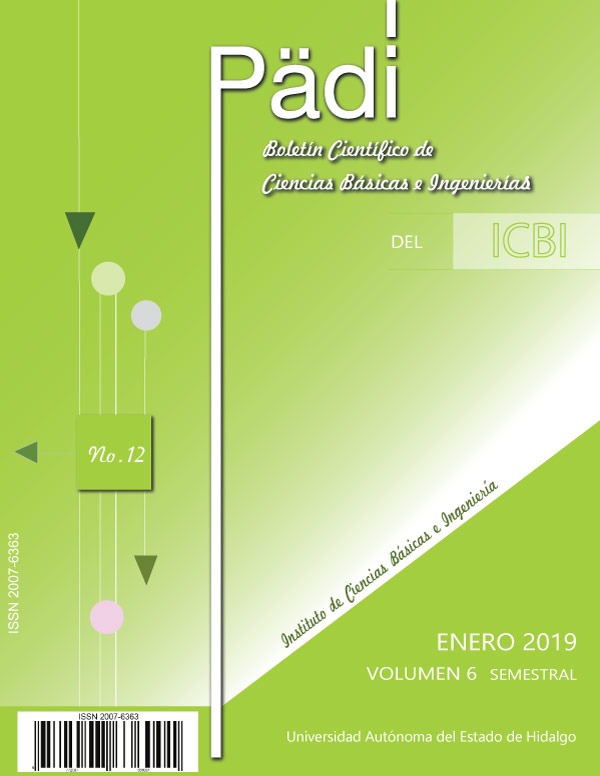Structural deterioration of the architectural heritage owed to induced effects due to the extraction of the water table
Abstract
In this work, soil subsidence will be described as an important factor in the deterioration of the architectural urban heritage, mainly due to the water pumping that is continued to the subsoil of Mexico City and specifically in soils with high compressibility clays, which generates a phenomenon of consolidation in the subsoil, with which differential subsidence originates in the base of the buildings displaced in these zones. Some buildings have structural deterioration due to this phenomenon of differential subsidence, so it becomes essential to study their structural behavior under this phenomenon, in order to obtain results and parameters that can be considered in the analysis of this type of property anywhere of the world with similar characteristics. A building is studied in a virtual way, through simulation with numerical support, in particular it is a temple located in the historic center of Mexico City with the mechanical and constructive properties of the materials typical of the colonial era. The conclusions of the case study should support, mainly, those involved in professional practice and the guild, in order to take into account the recommendations arising from the study and thereby raise awareness of the effects that I could have our built heritage in the short, medium and long term.
Downloads
References
Chávez, M. (2010). Validación experimental de métodos analíticos para el estudio del comportamiento sísmico de estructuras históricas. Tesis de doctorado, UNAM.
Meli, R. (1993). Respuesta estructural a la subexcavación, Catedral Metropolitana: Corrección geométrica. Informe Técnico, Espejo de Obsidiana, México.
Laurenҫo, P. (1996). Computational Strategies For Masonry Structures.
Marsal R. J., (1992). Hundimiento de la Ciudad de México (Primera edición). México, D.F.: El Colegio Nacional.
Montejano M., Moreno M., Pastrana T., Cruz L., Torres C., Jiménez A. (2016). Huellas, vestigios y desastres. Capítulo 5. El hundimiento del suelo y el Patrimonio Urbano-Arquitectónico en la Ciudad de México: una relectura de los principios subyacentes.
Santoyo E. y Segovia J. A. (1999). Recimentación y renivelación de estructuras y monumentos TGC Geotecnia S.A. México
Santoyo E. y Ovando E. (2008). Catedral y Sagrario de la Ciudad de México. Corrección Geométrica y Endurecimiento del Subsuelo.
Tomás R., Herrera G., Delgado J., Peña F. (2009). Subsidencia del terreno, Ground Subsidences.
Enseñanzas de las Ciencias de la Tierra (17.3), pp. 295-302.













